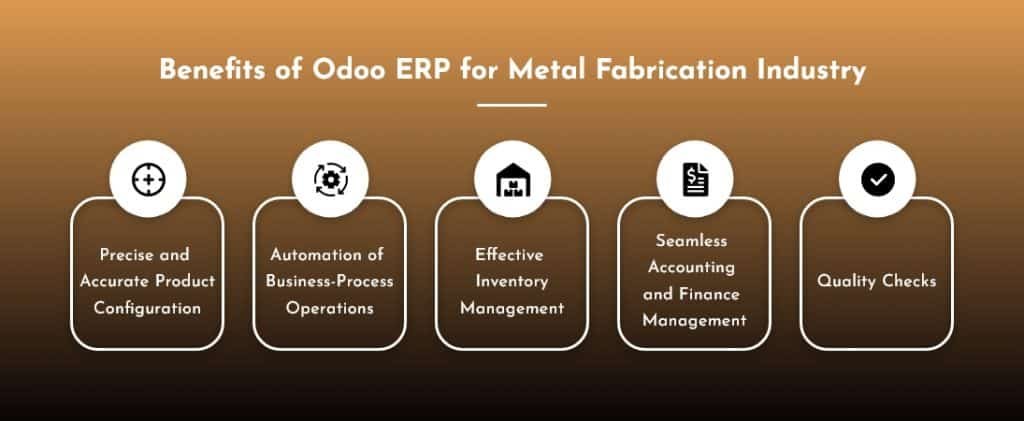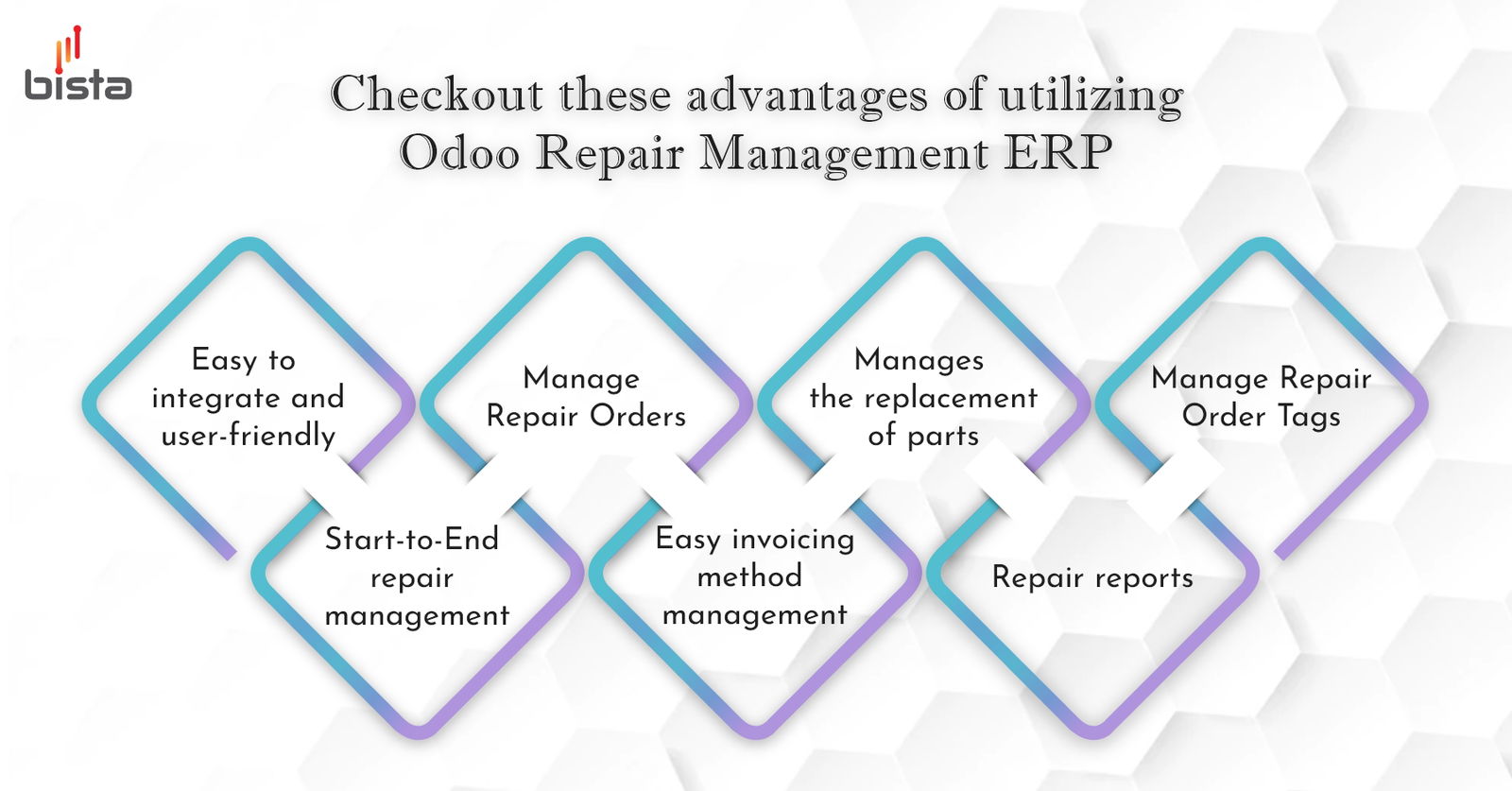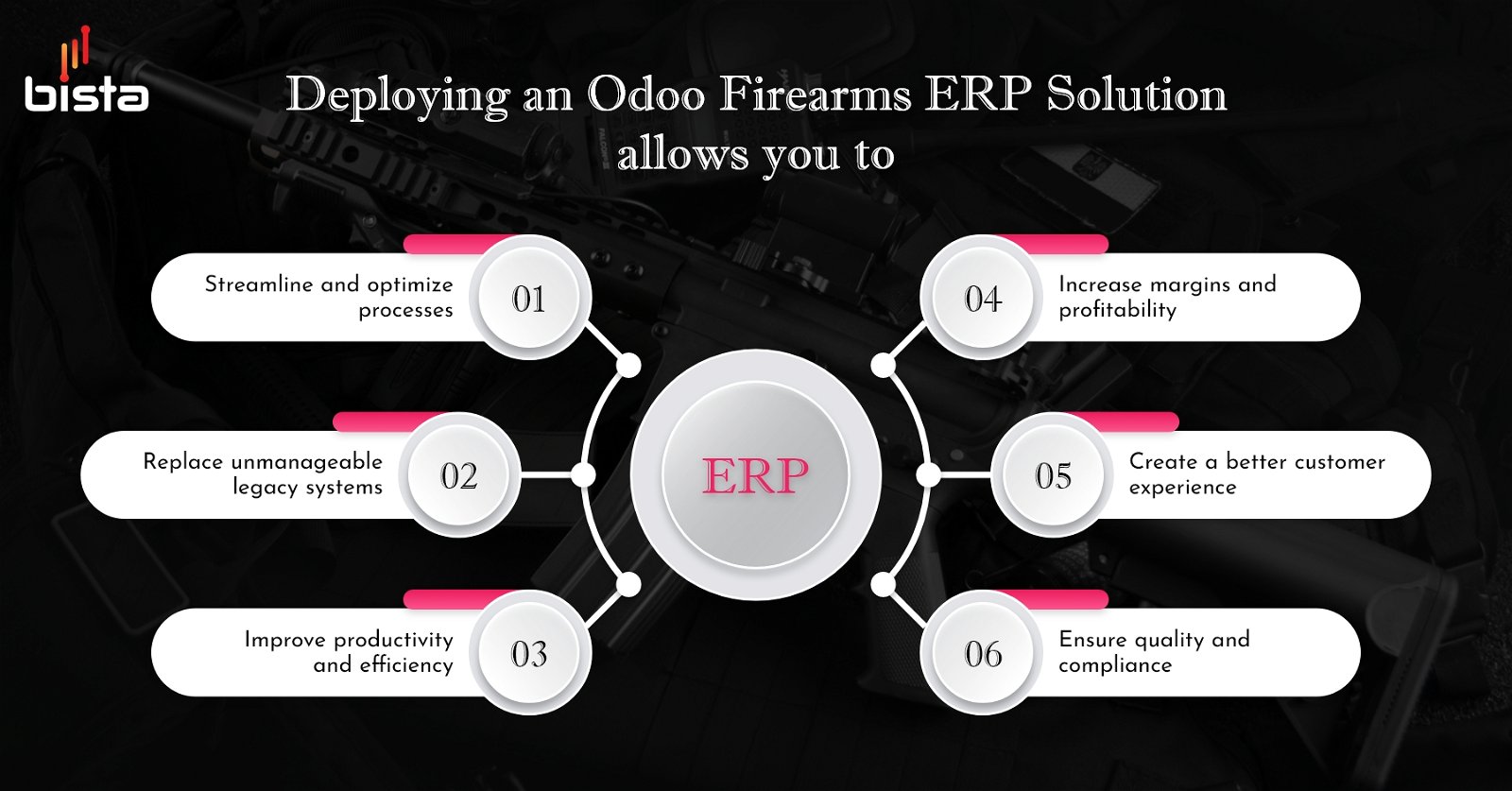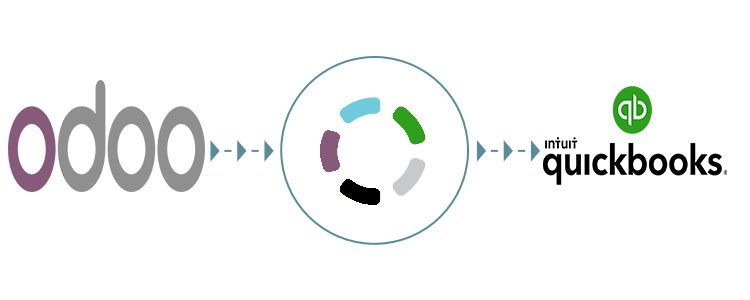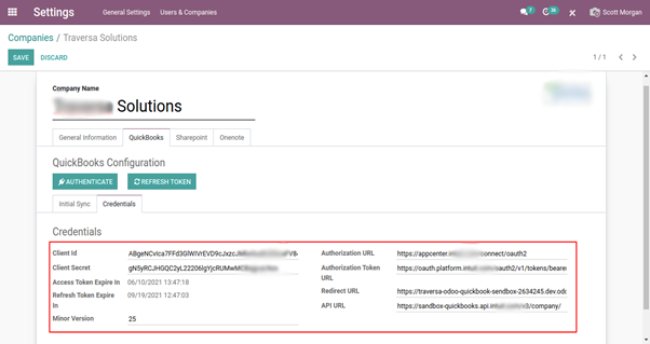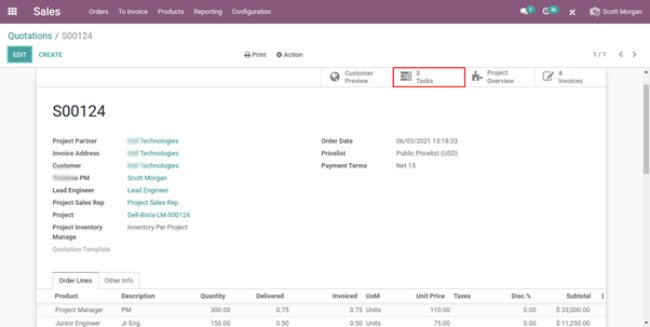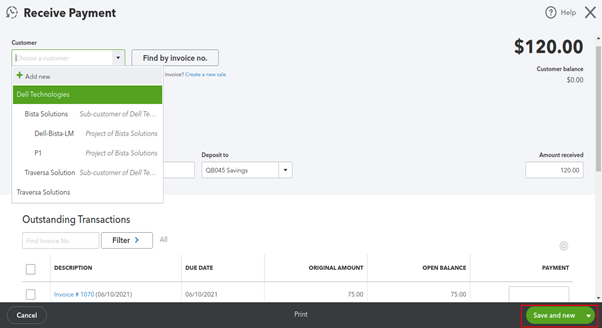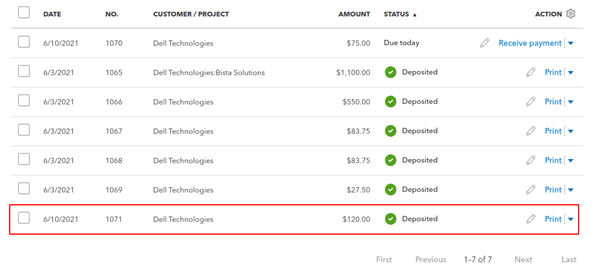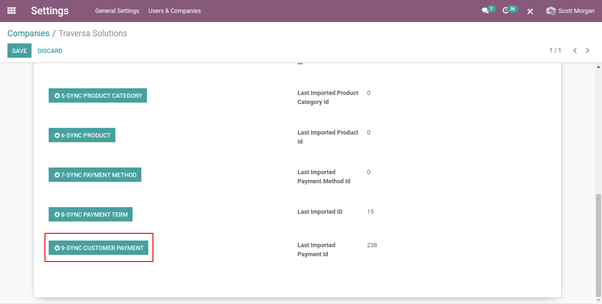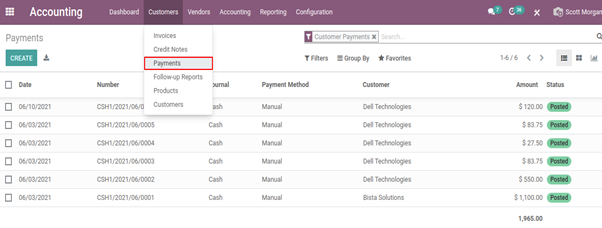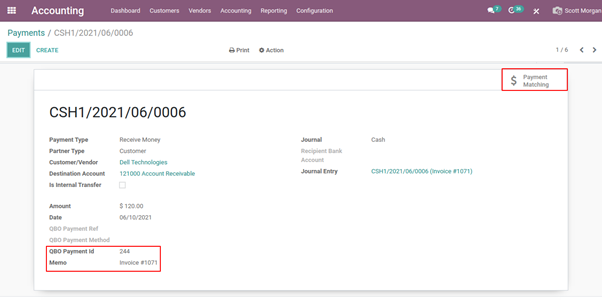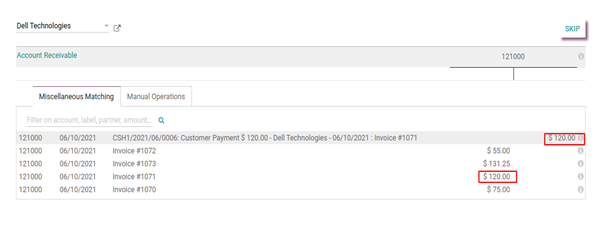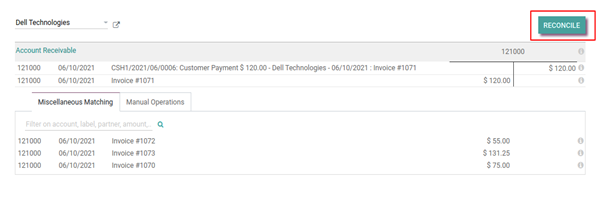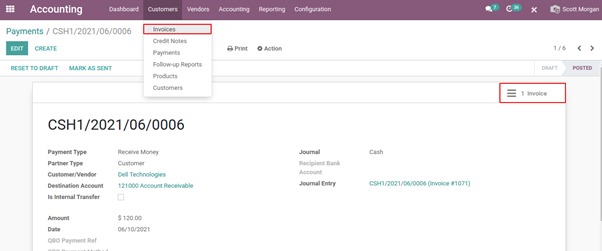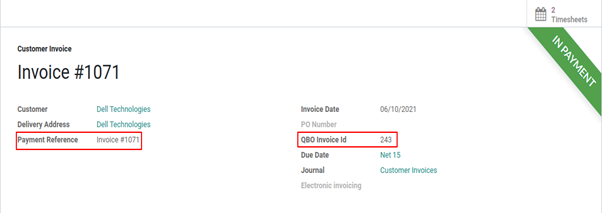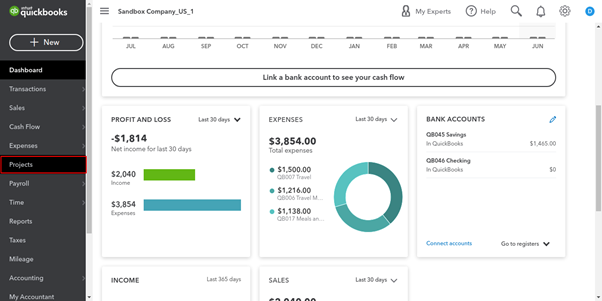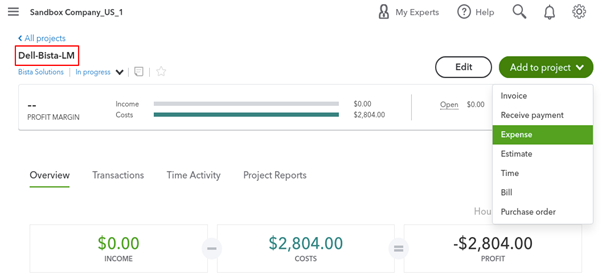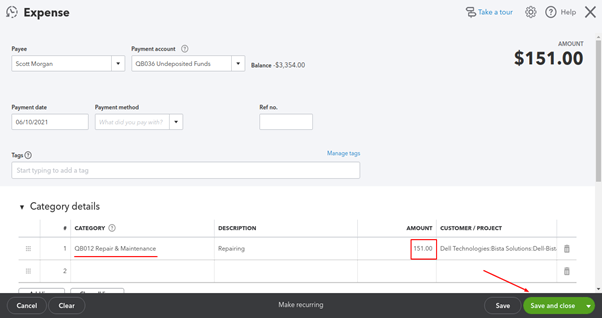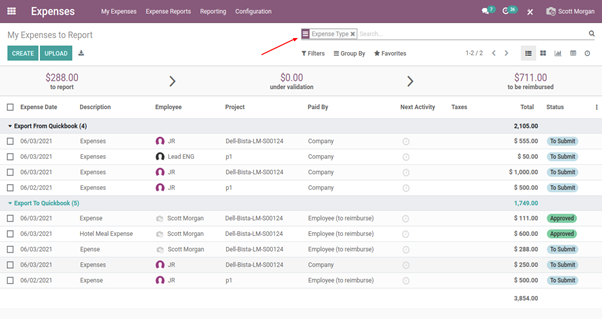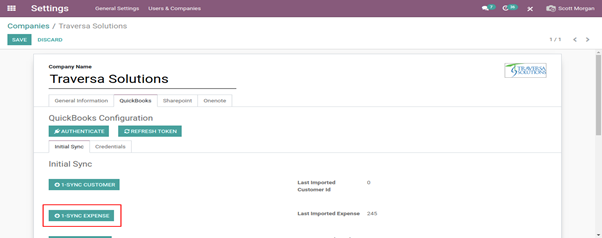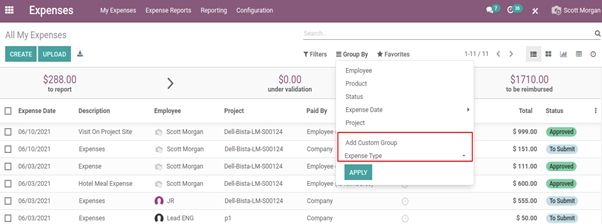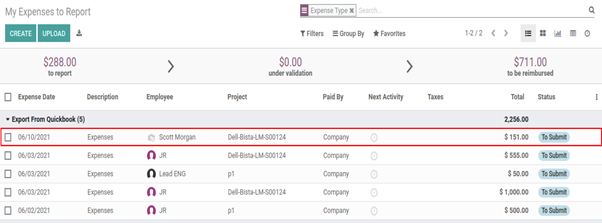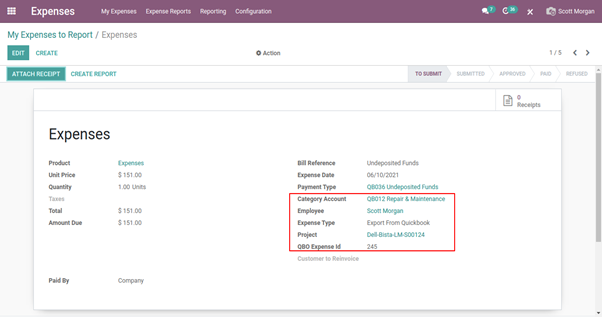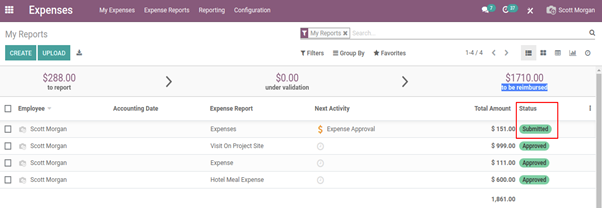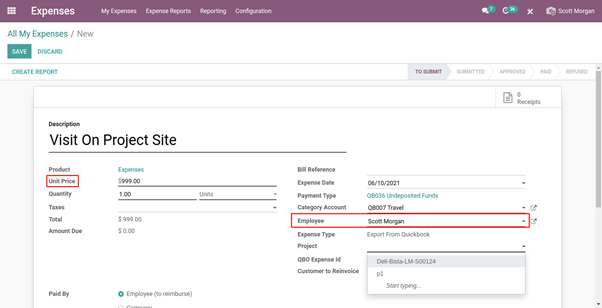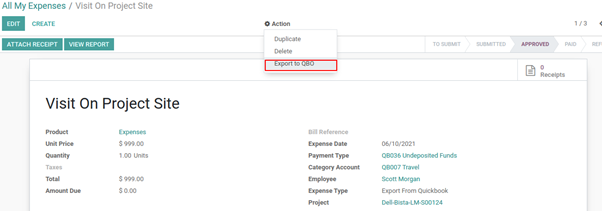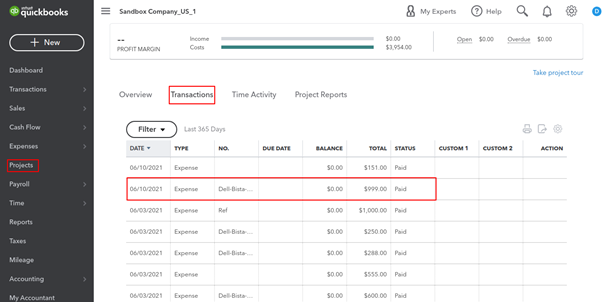Odoo Metal ERP
Odoo Metal ERP: Transforming the Metal Industry
In the dynamic world of the metal industry, a seamless and integrated solution is essential to meet complex requirements and conquer unique challenges. Our Odoo Metal ERP offers all that in a comprehensive suite of business management tools tailored for your specific metal business. Let’s dive into how Odoo Metal ERP can revolutionize operations in your industry:
What Our Odoo Metal ERP Software Offers?
|
|
|
|
|
|
|
|
|
|
|
|
|
|
Answer To Key Challenges by Odoo Metal ERP Solution
- Price Volatility – Odoo’s Inventory and Procurement modules optimize stock levels to manage volatile metal prices (e.g., steel, aluminum, copper). Additionally, the financial module aids in cost tracking and financial planning.
- Global Competition – Odoo can support quality control and traceability, ensuring that products meet international standards and its adaptability helps you quickly adapt to changing market demands and customer preferences.
- Resource Scarcity – With Odoo’s Inventory Management, you can smartly optimize your raw materials, cut down on waste, and make your resources last longer. Plus, it lets you explore alternative materials and handle your supply chain more efficiently to deal with resource shortages.
- Energy Costs – Odoo comes with handy cost management tools to keep an eye on how much energy you’re using and spot areas where you can do better. You can also use Odoo Metal ERP to easily bring in energy-efficient tech and practices to make your operations more eco-friendly.
- Supply Chain Disruptions – Odoo’s real-time inventory tracking and demand forecasting help businesses respond to disruptions effectively. The Supplier Portal in Odoo Metal ERP can foster improved supplier engagement and base diversification.
- Technological Advancements – Odoo serves as a robust platform for businesses to seamlessly integrate and adopt advanced technologies. It facilitates the development of custom modules and third-party integrations, empowering companies to stay at the forefront of technological advancements
- Safety Concerns – Odoo’s here to help boost safety at work. It can track and enhance safety measures and guidelines. Plus, with its documentation and training modules, employees can get a handle on safety procedures and stay in the know.
- Quality Control – Odoo’s Quality Control module allows businesses to maintain consistent product quality by setting quality standards, conducting inspections, and managing non-conformities.
- Changing Customer Demands- With Odoo’s CRM and sales modules, you can tap into insights about customer preferences and market trends, making it easy to stay on top of customer needs.
- Recycling and Circular Economy- Odoo easily facilitates recycling and incorporates recycled materials, with its sustainability features supporting eco-friendly practices.
- Health and Safety Regulations – Odoo’s compliance management helps businesses document safety policies, manage training, and report incidents, ensuring you’re always on top of your safety game.
Why Choose Odoo for the Metal Industry?
- Seamlessly Adapts to Unique Metal Processes
- Comprehensive App Integration for End-to-End Support
- Simplified Quality Control Reporting
- Real-Time Insights for Informed Restocking
- Customized Accounting for Precise Cost Allocation
- Dynamic Pricing to Stay Current
- Real-Time Business Intelligence
- Cost-Effective Solutions for All Sizes
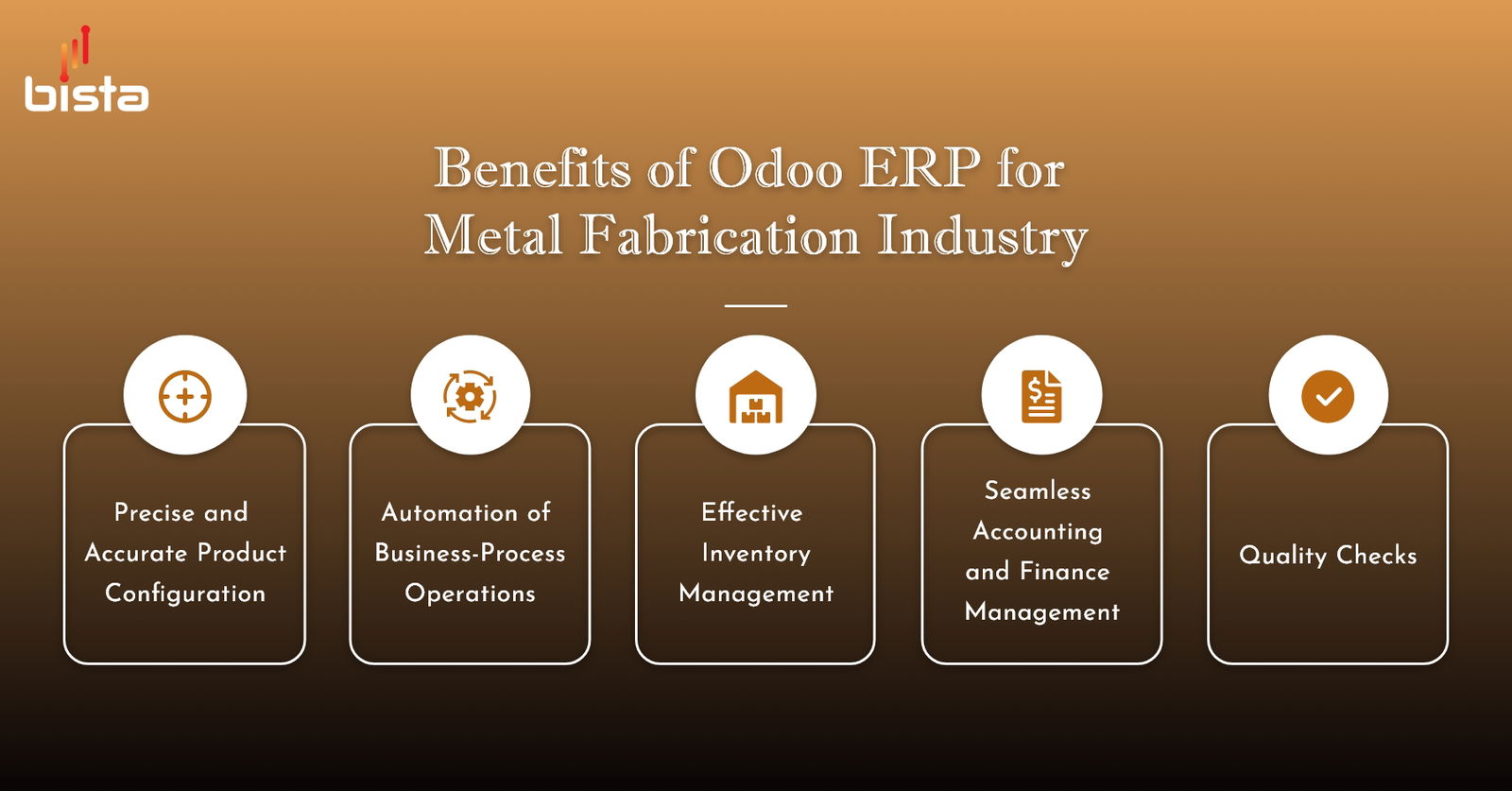
Trusted ERP Partner: Bista Solutions
- 3 Decades of ERP Implementation
- Most Awarded “Best Odoo Gold Partners” (2022,2021, 2018, 2016 & 2014)
- 200+ Successful custom App development
- 250+ expert Odoo Developers
- 350+ successfully implemented projects
- Most Trusted Odoo Gold partners
- Expert Consultant Team
- Expert Data Migration &Testing Team
- Global presence in 10+ countries
- 24/7 Support Available
Unlock Enhanced Efficiency and Success in the Metal Industry with Odoo Metal ERP and Bista Solutions as Your Trusted Partners. Contact Us Today!



